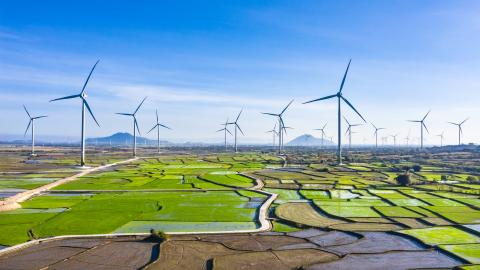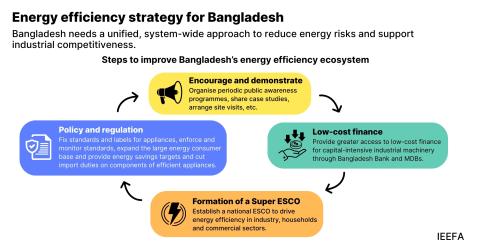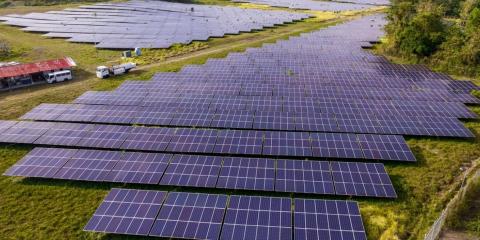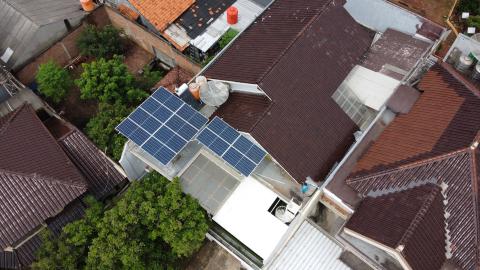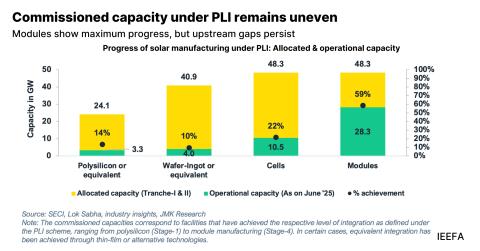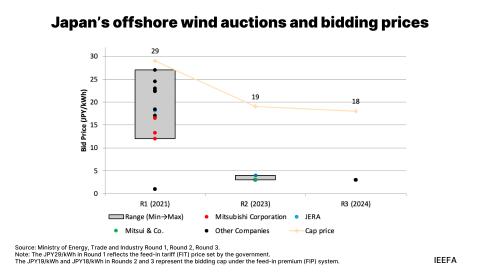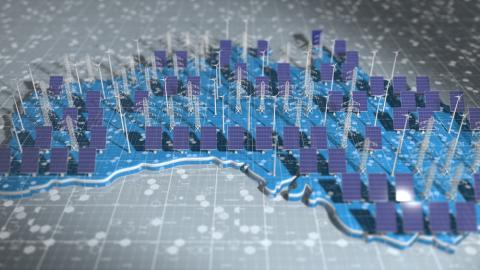Agrivoltaics: An economic option for farmers and rural development
Download Full Report
View Press Release
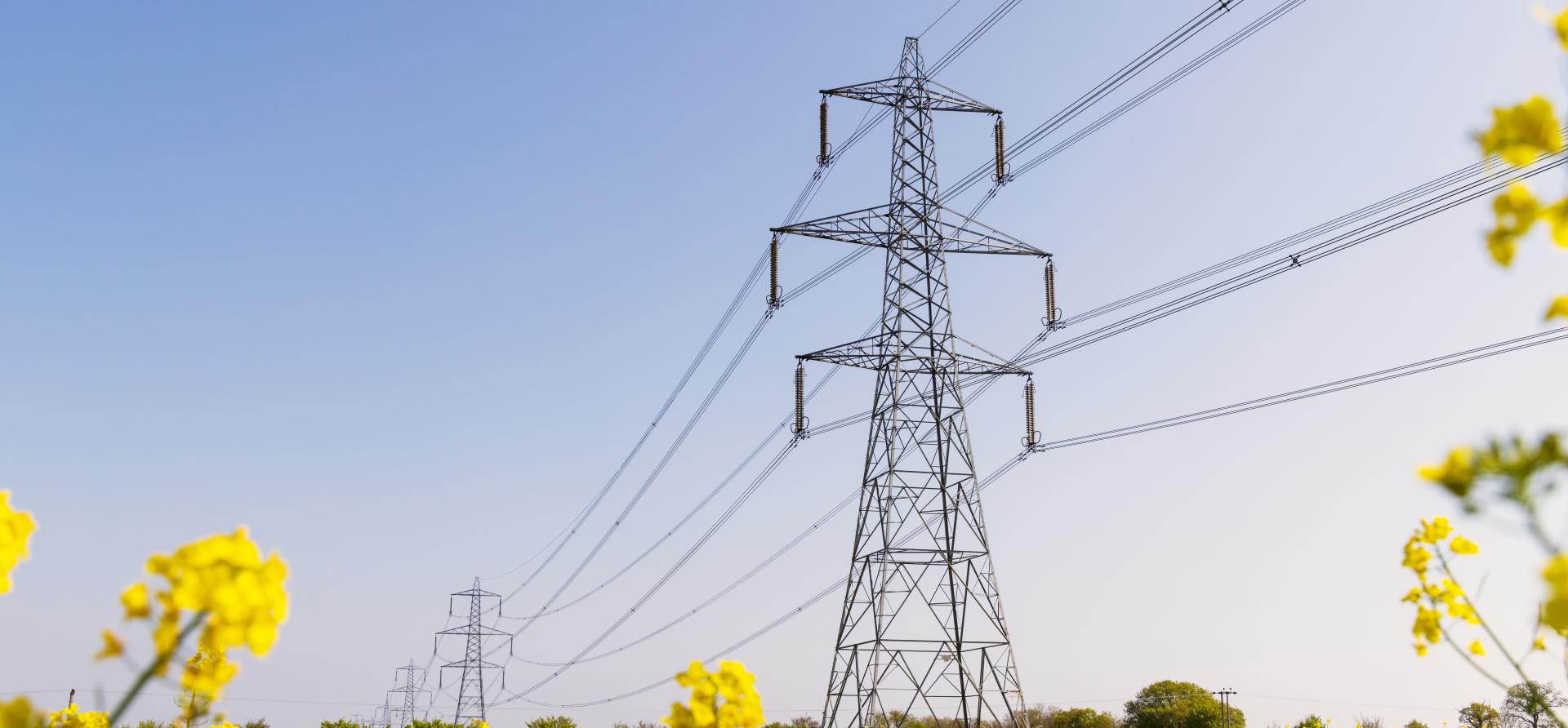
Key Findings
Agrivoltaics can reduce local opposition to solar projects on farmland and create new income streams across rural stakeholder groups.
Agrivoltaics significantly reduces water usage and increases yields in arid regions.
Agrivoltaics broadens participation in the rural economy, and can contribute meaningfully to both the renewable energy transition and the long-term viability of U.S. agriculture.
With continued research, supportive policy, and adaptive financial models, agrivoltaics has the potential to align farmer needs, developer interests, and community priorities.
Introduction
Across the United States, the race to secure affordable, reliable energy is transforming the rural landscape. Fueled by data centers, artificial intelligence, electrification, and industrial reshoring, electricity demand is increasing after decades of little to no growth. Continued increases in power demand are expected through the 2020s, prompting a rush to build new generation resources.
Notwithstanding current political headwinds, economics are in renewables’ favor. Studies show solar and wind are the cheapest sources of new power, consistently outcompeting gas and coal on price. However, the ongoing solar boom comes with a challenge: The flat, sunny, and accessible land ideal for the solar industry’s expansion is, in many cases, already in use for agriculture. By 2050, the National Renewable Energy Laboratory (NREL) projects photovoltaic (PV) installations could require as much as 10 million acres of land, or between 0.5% and 1.1% of U.S. farmland. Given that farmland conversion is an important social and political issue in agricultural communities, agrivoltaics represents an opportunity to produce both food and energy at the same time.
The Institute for Energy Economics and Financial Analysis (IEEFA) views this challenge as a land-use opportunity rather than a crisis. Agrivoltaics—the dual-use integration of solar panels and active farming on the same land—offers a solution that benefits all three core stakeholders. Landowners gain a new, steady revenue stream in an incredibly volatile industry, all while maintaining their land’s agricultural productivity; solar project developers get access to viable sites with fewer permitting battles; and communities retain agricultural land in production while enjoying local investment and tax revenue. In short, agrivoltaics is a winning solution.
Although still nascent, agrivoltaics installations have expanded rapidly since 2020, growing from 27,000 acres with 4.5 gigawatts (GW) of capacity in 2020 to more than 62,000 acres and 10 GW in 2024—enough to power about 1.5 million homes. Studies suggest that converting just 1% of U.S. farmland into agrivoltaics could meet a significant portion of the country’s renewable energy goals without sacrificing food production.
Figure 1: U.S. land use comparisons (acres)

Source: National Interagency Fire Center
Author
Asher Salkin, Research Intern IEEFA


